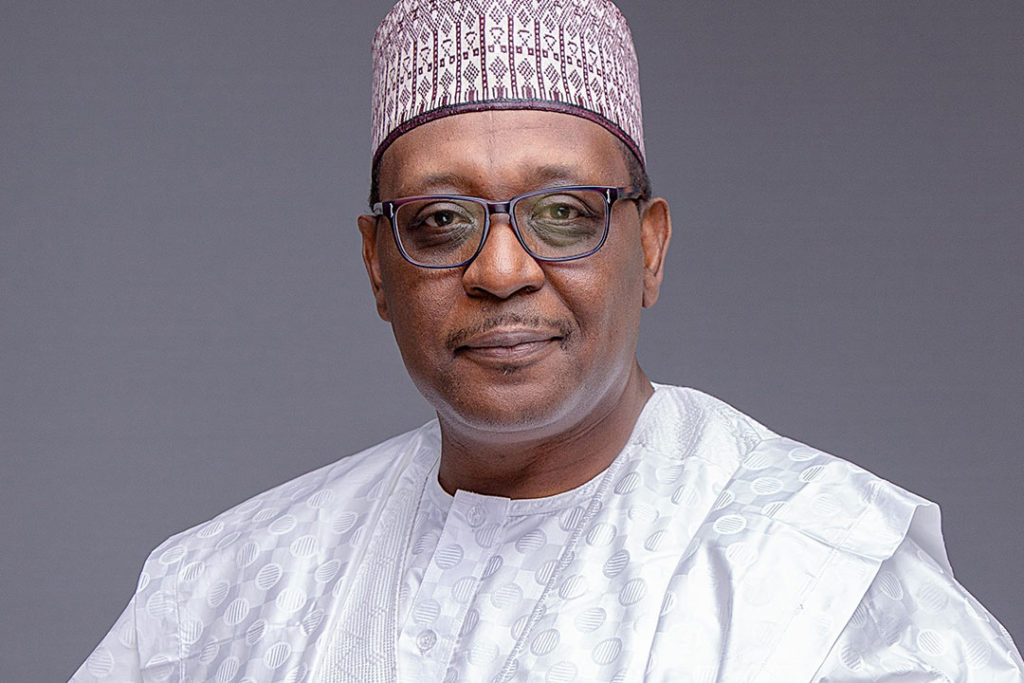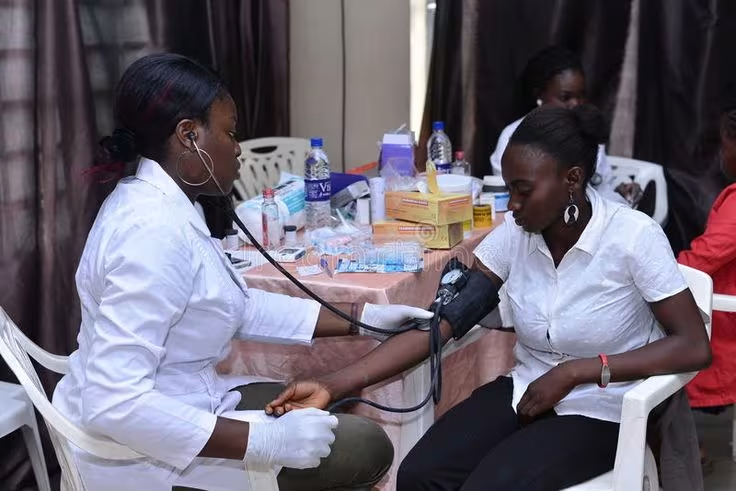Japa Fever: health sector in jeopardy as 94000 doctors, nurses leave
Nigeria is without a doubt one of the most populated countries in the world, with an anticipated 234.5 million people in 2025 and 401.3 million by 2050.
A population of size also necessitates certain welfare programs, particularly health care services for the populace.
The availability of qualified medical professionals, including physicians, nurses, and midwives, is essential to the delivery of health care services.
Join our WhatsApp community

However, when it comes to the availability of necessary personnel in the health sector, the nation is falling short of international norms. On the African continent, it does not even rank in the top ten.
The number of medical practioners in the health sector
The Medical and Dental Council of Nigeria (MDCN) estimates that there are roughly 55,000 licensed medical professionals working in Nigeria.
Nigeria does, however, have between 85,000 and 90,000 registered physicians, many of whom work elsewhere, particularly in the US and the UK.

This indicates that there are significantly less doctors actually practicing in Nigeria than there are registered physicians overall, as at least 30,000 may have departed the nation in quest of better opportunities overseas according to reports.
A research, however, claims that only roughly 19,000 people are employed abroad.
At least 94,000 Nigerian medical professionals are employed abroad, according to the Nurses and Midwives Association(NANNM), which reports that over 75,000 of its members have also departed Nigeria for other nations.

Recall that the NANNM which is an integral part of Nigeria’s health sector had recently embarked on a seven days warning strike but suspended it after the fourth day.
The World Health Organization, WHO, recommends a doctor-to-population ratio of 1 doctor per 1,000 people. This ratio is seen as a desirable standard for ensuring adequate healthcare access and coverage.
However, Nigeria has an alarming ratio of 1:9,083, as the country struggles with high levels of emigration of competent health care personnel.

This indicates that 9,083 persons are likely to be served by a Nigerian doctor. This appears to be the Situation of the health sector in some African nations and India.
Join our WhatsApp community
As at 2022, only seven African countries met the WHO’s recommended doctor-to-population ratio of 10 doctors per 10,000 people.
The countries include; Cape Verde, Seychelles, Libya, Eswatini, Tunisia, Mauritius, and Algeria, though the continent still averages only 2.6 doctors per 10,000 people.
Join Our Social Media Channels:





